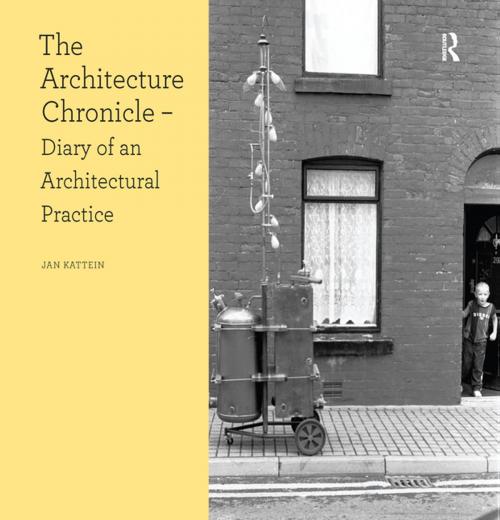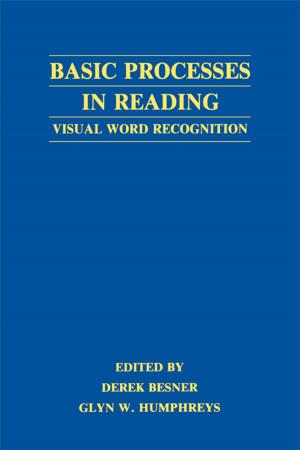The Architecture Chronicle
Diary of an Architectural Practice
Nonfiction, Art & Architecture, Art History, Architecture| Author: | Jan Kattein | ISBN: | 9781351894678 |
| Publisher: | Taylor and Francis | Publication: | March 2, 2017 |
| Imprint: | Routledge | Language: | English |
| Author: | Jan Kattein |
| ISBN: | 9781351894678 |
| Publisher: | Taylor and Francis |
| Publication: | March 2, 2017 |
| Imprint: | Routledge |
| Language: | English |
During the last 30 years, technological, social, economic and environmental changes have brought about the most dramatic evolution to architectural practice that has taken place since the profession emerged during the Italian Renaissance. Whilst these changes have transformed the way architects work, few contemporary books discuss architectural practice. The Architecture Chronicle sets out to define the role of the contemporary architect in the light of these changes. Most books on architecture start when a building is complete, carefully editing out any evidence of the design and production process. The Architecture Chronicle engages with the design and production process. It investigates how and by whom design decisions are made and executed. Chapter 1 is a diary reporting on the design and realisation of five stage sets and one urban intervention over a period of four years, starting on 16 December 2003. The diary is intercepted by references that are, where appropriate, carefully integrated in the overall narrative. Chapter 2 reflects on the diary to discover patterns and cross-references and to draw conclusions. The contemporary architect can be defined as three distinct characters. The architect-inventor challenges conventions and questions the social status quo. The architect-activist transgresses the boundary of the profession and enters the construction process. The architect-arbitrator engages the audience to realise the ambitious project. The Architecture Chronicle concludes that the contemporary architect still draws and writes, but that it is often the architect’s ability to engage and direct that asserts his or her status. To assert his or her status in the design team, the architect’s ability to talk and to act is more important than his or her ability to draw and write.
During the last 30 years, technological, social, economic and environmental changes have brought about the most dramatic evolution to architectural practice that has taken place since the profession emerged during the Italian Renaissance. Whilst these changes have transformed the way architects work, few contemporary books discuss architectural practice. The Architecture Chronicle sets out to define the role of the contemporary architect in the light of these changes. Most books on architecture start when a building is complete, carefully editing out any evidence of the design and production process. The Architecture Chronicle engages with the design and production process. It investigates how and by whom design decisions are made and executed. Chapter 1 is a diary reporting on the design and realisation of five stage sets and one urban intervention over a period of four years, starting on 16 December 2003. The diary is intercepted by references that are, where appropriate, carefully integrated in the overall narrative. Chapter 2 reflects on the diary to discover patterns and cross-references and to draw conclusions. The contemporary architect can be defined as three distinct characters. The architect-inventor challenges conventions and questions the social status quo. The architect-activist transgresses the boundary of the profession and enters the construction process. The architect-arbitrator engages the audience to realise the ambitious project. The Architecture Chronicle concludes that the contemporary architect still draws and writes, but that it is often the architect’s ability to engage and direct that asserts his or her status. To assert his or her status in the design team, the architect’s ability to talk and to act is more important than his or her ability to draw and write.















